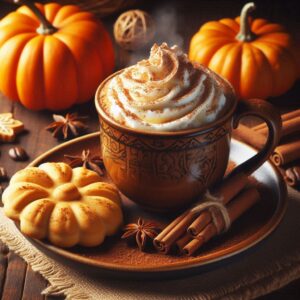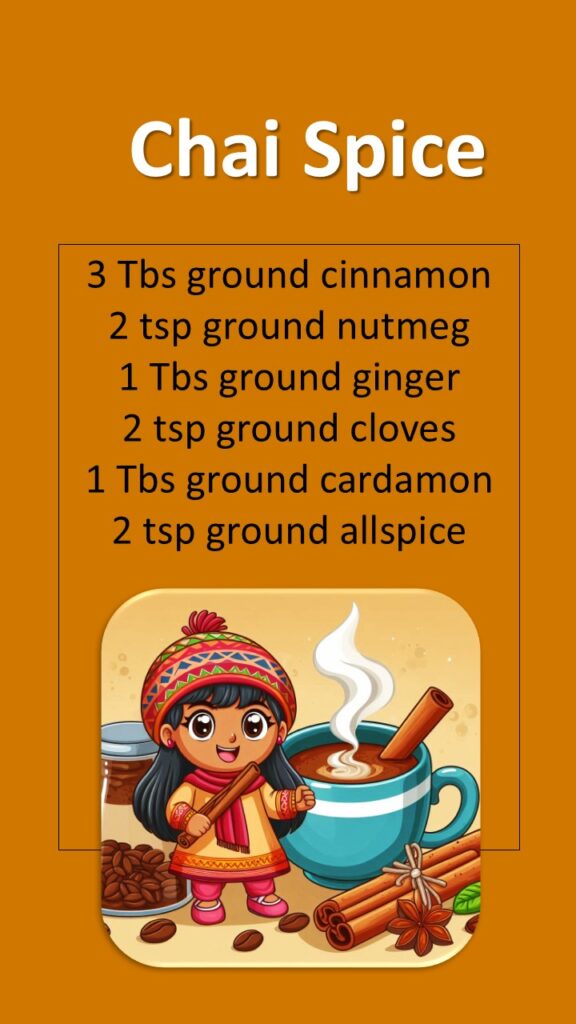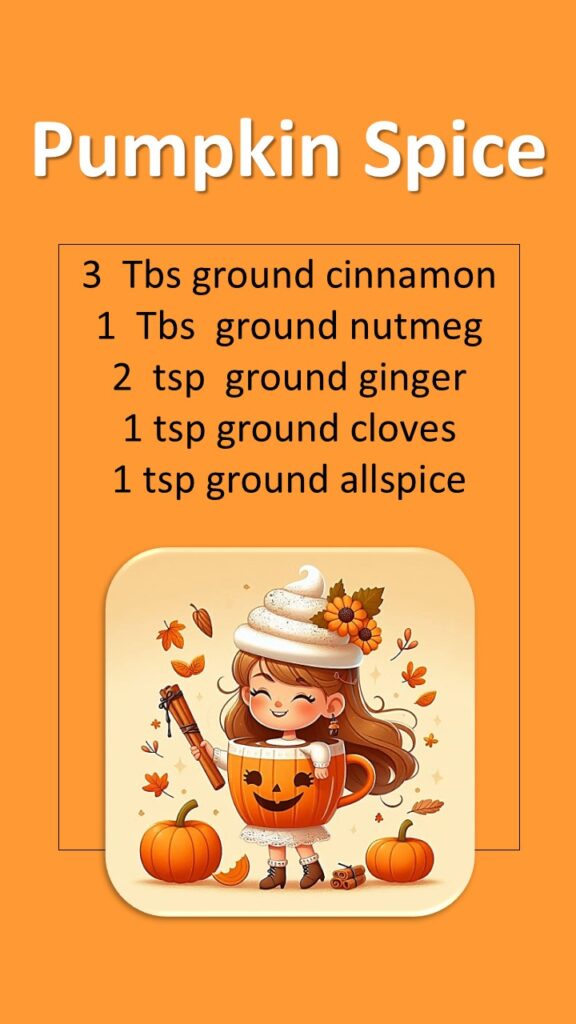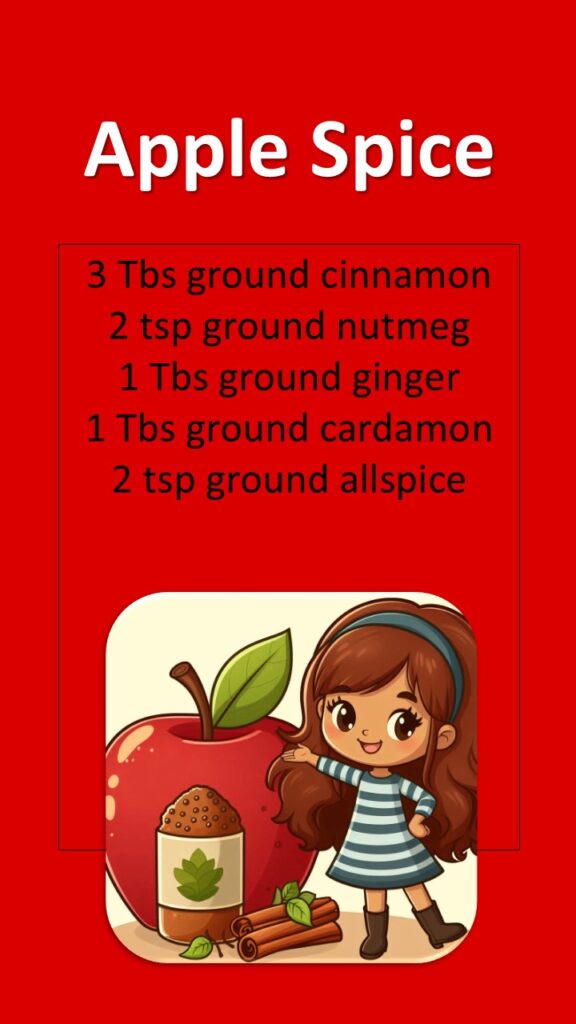 Judging from social media and the commercials on TV, one would assume that pumpkin spice is as American as apple pie. That may be true, but not in the way you think. The spices for both apple and pumpkin pie originated in the Spice Islands, which are about as far from America as you can get.
Judging from social media and the commercials on TV, one would assume that pumpkin spice is as American as apple pie. That may be true, but not in the way you think. The spices for both apple and pumpkin pie originated in the Spice Islands, which are about as far from America as you can get.
The Maluku Islands are an archipelago in the eastern part of Indonesia, meaning they are chains and clusters of islands that are grouped fairly close together. The islands were known as the Spice Islands because nutmeg, mace, and clove are exclusively found there, the presence of which sparked colonial European trade interests. But spice trade did not begin with the Europeans.
The maritime spice trade was dominated by Indonesian sailors who established routes from southeast Asia to Sri Lanka and India by 1500 BCE. The Aksumite Empire established the Red Sea route prior to the 1st century CE. Indian and Persian traders also transported spices overland towards the Mediterranean and the Greco-Roman world via the incense route and the Silk Road. Thus, spices such as cinnamon, cardamom, ginger, pepper, nutmeg, clove, and turmeric were well known in antiquity and had found their way into the Near East well before the rise of Christianity.
During the Crusades (11th to 15th centuries), the Italian maritime republics monopolized the trade between Europe and Asia. The trade routes changed again in 1498 when the Portuguese successfully navigated around the Cape of Good Hope. This route, which drove world trade from the Middle Ages to the Renaissance ushered in an age of European domination in the East.
Spain was among the many countries seeking to find faster routes to the Spice Islands. Christopher Columbus wrote the Florentine astronomer, Pabolo dal Pozzo Toscanelli in 1481 about the possibility of a westward route. Toscanelli not only encouraged the plan but provided a copy of a map implying that a westward route to Asia was possible. However, it was not until 1492 that Columbus garnered support for his expedition from King Ferdinand and Queen Isabella of Spain and set off on his voyage across the Atlantic in search of gold, spices, and a safer route to the East.
On October 12, 1492, Columbus’s ships made landfall in the Americas. His landing place was in the Bahamas’s. Believing himself to be in India, he dubbed the indigenous population Los Indios (Spanish for “Indians”). From there he visited the islands now known as Cuba and Hispaniola, and established a colony in what is now Haiti. Thus, it is Christopher Columbus’s failed circumnavigation attempts that lead to America’s connection to pumpkin spice.
See popular spice blends below.
History of Chai Spice
 Chai didn’t contain tea leaves, milk, or sugar when it was first created. Black tea leaves weren’t traded between India and China until the 1600s. Originally, Chai only comprised of a mix of spices native to India, such as cinnamon, nutmeg, ginger, cardamom, and allspice. This blend gives chai a full-bodied, spice-filled flavor.
Chai didn’t contain tea leaves, milk, or sugar when it was first created. Black tea leaves weren’t traded between India and China until the 1600s. Originally, Chai only comprised of a mix of spices native to India, such as cinnamon, nutmeg, ginger, cardamom, and allspice. This blend gives chai a full-bodied, spice-filled flavor.
Fun Fact #1: “Chai” means tea, so when you say “chai tea,” you’re really saying “tea tea.”
A key ingredient in pumpkin, apple, and chai spice blends that has been used in beverages for centuries is nutmeg. Archaeologists found ancient nutmeg residue on Indonesian pottery shards that were over 3,500 years old. At one point in the 1300s, one pound of nutmeg traded for the equivalent of seven fattened oxen, making it more valuable than and equal weight of gold. In 1664, the Dutch were so desperate for nutmeg that they traded their colony, New Amsterdam, to Britain in exchange for a nutmeg-producing island which Britain controlled. The British promptly renamed the newly acquired colony “New York” and the state still bears that name today.
Fun Fact #2: Allspice taste like a blend of cinnamon, nutmeg, cloves and black pepper, so most people think it’s mix of “all spices.” It isn’t. It’s actually made from the dried, ground berries of the allspice tree!
Chai tea and a chai latte are completely different. Chai tea uses black tea leaves and is brewed with warm milk, whereas a chai latte uses coffee and frothed milk, but the spices are the same either way.
History of Pumpkin Spice
 Pumpkins are native to North America and are listed among the world’s oldest cultivated crops. Pumpkin fragments dated to between 7,000 BCE and 5,500 BCE have been found in Mexico. Native Americans planted them alongside maize and beans, completing the triad known as the Three Sisters.
Pumpkins are native to North America and are listed among the world’s oldest cultivated crops. Pumpkin fragments dated to between 7,000 BCE and 5,500 BCE have been found in Mexico. Native Americans planted them alongside maize and beans, completing the triad known as the Three Sisters.
Fun Fact #3: Pumpkins are actually a berry and are the official state fruit of New Hampshire.
The word pumpkin derives from the Massachusett word pôhpukun, meaning ‘grows forth round.’ This is the term that would have been used by the Wampanoag people when introducing pumpkins to the English immigrants who arrived at Plymouth, in what is present day Massachusetts.
Contrary to popular belief, pumpkin spice doesn’t contain any pumpkin. It’s just the spices used to flavor pumpkin pie. The 1796 edition of Amelia Simmons’s cookbook, American Cookery, features two recipes for spice-filled “pompkin” pie. In the 1930s, spice manufacturing companies developed a revolutionary product: Pumpkin Pie Spice, which was a pre-blended mix of spices. This meant bakers could buy one bottle of spice instead of several. McCormick’s pumpkin spice blend, which originally launched in 1934, includes four spices: cinnamon, ginger, nutmeg, and allspice.
All of the spices from the pumpkin spice blend have been used teas for centuries, so it was an easy pick when Starbucks wanted to introduce a new seasonal beverage to accompany their eggnog latte and peppermint mocha. The 2003 version of the pumpkin spice latte was just that, pumpkin spice. It wasn’t until 2015 that Starbucks began including real pumpkin in their drinks. In addition to the pumpkin spice latte, Starbucks also offers an iced pumpkin cream chai tea latte.
History of Apple Spice
 As the calendar slides into fall pumpkin spice gets all the attention, but its lesser-known cousin, apple spice has been gracing autumnal dishes much longer. And not just in pies. Common apple spiced foods include: cookies, cakes, oatmeal, and muffins.
As the calendar slides into fall pumpkin spice gets all the attention, but its lesser-known cousin, apple spice has been gracing autumnal dishes much longer. And not just in pies. Common apple spiced foods include: cookies, cakes, oatmeal, and muffins.
The only apple native to the Americas is the crab apple. The apples you see at the grocery store are descended from trees native to central Asia. The colonists of Jamestown brought apple tree cuttings and seeds with them, thus introducing the apple to America. During colonization, European settlers primarily used their apples for making cider, which is easier to make than beer.
Apple pie isn’t a culturally American food, either. In 1390, an apple pie recipe appeared in the British cookbook, The Forme of Cury by Samuel Pegge. British pies often did not include a crust. It was the 15th century Dutch who first created the lattice-style pastry known as apple pie today. Two recipes for apple pie were published in America’s first cookbook, American Cookery, published in 1796. Thus, Amelia Simmons’s apple pie recipes were printed alongside the early pumpkin pie recipes.
Magical Uses & Health Benefits of Spices
Each spice is packed with a variety of nutrients, making them a source of healthy compounds. To top it off, they have magical properties as well.
- Cinnamon: Good source of vitamin A which maintains eye health. It also contains niacin which helps the body’s digestive and nervous systems to function properly and is important for converting carbohydrates, proteins, and fats to energy. Lowers blood sugar and decreases insulin resistance. Cinnamon boosts creativity and promotes success at work.
- Nutmeg: Aids digestion and can be used to treat nausea and indigestion. Nutmeg promotes abundance.
- Ginger: Beta-carotene antioxidant, which improves cognitive function, promotes skin health, reduces the risk of some cancers, and encourages eye health. Combined with honey and citrus ginger can be used to treat the common cold. Ginger is used in glamours and to add enchantment to a situation.
- Cloves: Source of vitamin A which helps maintain eye health. Lowers blood sugar and decreases insulin resistance. Clove helps evade and block negative energy.
- Cardamon: Antioxidant, diuretic, and used to lower blood pressure. Has anti-inflammatory properties and can aid in the prevention of stomach ulcers. Used to prevent cavities, treat anxiety, and promote weight loss. Cardamon eases melancholy and increases personal magnetism.
- Allspice: Mineral-rich source of iron, potassium, and calcium. Iron is important for the transport of oxygen in the blood, while potassium maintains heart health and calcium is good for healthy bones. Is used to treat flatulence and indigestion. Allspice increases energy and determination while attracting luck and money.
In addition to all the health benefits and magical uses, snuggling up with a hot spiced beverage is a form of selfcare. Sipping a warm beverage brings immense personal enjoyment, soothes frayed nerves, and brings a wonderful sense of contentment that ensures these spices will continue to grace our drinks for years to come.
The spice shots available at Starbucks and other cafes or restaurants are typically imitation products, so I recommend making your own. McCormick’s offers an extensive line of low-cost, organic spices that are available at most supermarkets and grocery stores. Simply buy the spices you like and blend according to the recipes I’ve included above, or experiment and make your own special blend.
When it comes to adding spices to your beverages (or any dish) start with just a dash at first. However, if you’re already familiar with the spices, you may enjoy employing the method used in our family. To quote my son, “Just keep adding spices until the spirit of your ancestors stays your hand and says, ‘That’s enough, child.’” Either way, you’re in for a delightful season of pumpkin spice and everything nice.